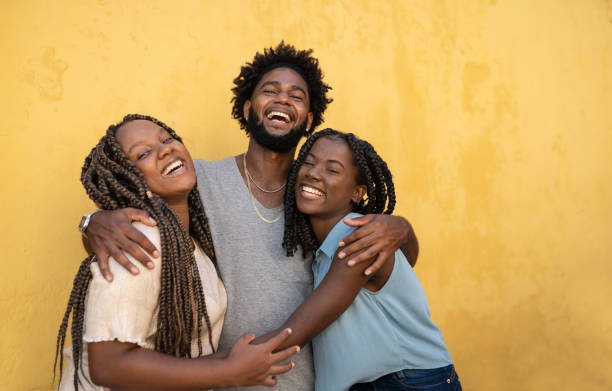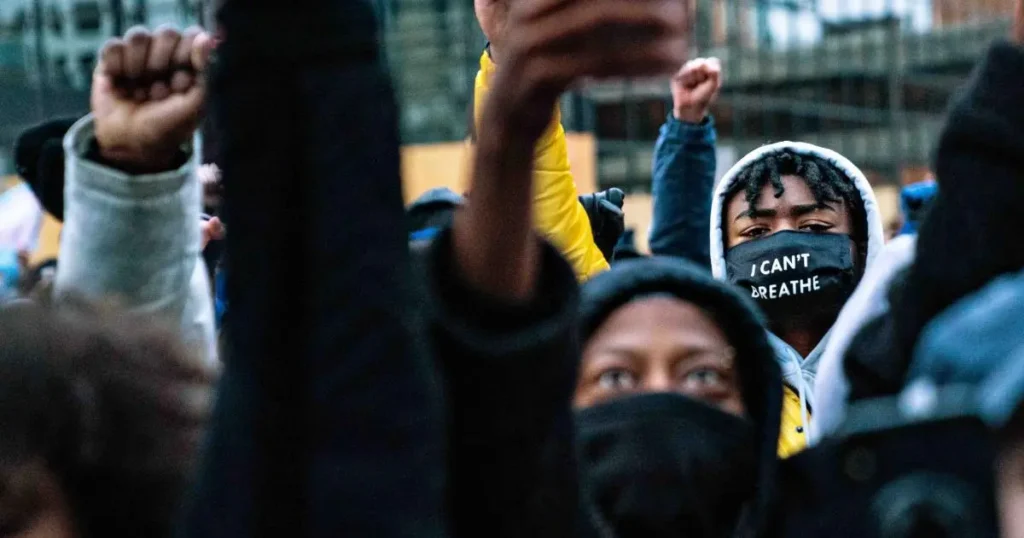The heartbreaking story of 3 Black teenagers has shocked communities across the country and reignited national conversations about race, justice, and equality. As more details unfold, this case is becoming a symbol of the continued struggle faced by Black youth in America. Parents, teachers, activists, and young people everywhere are asking the same questions: How did this happen, and what can be done to prevent it from happening again?
In this article, we dive deep into the case, explore its impact, and give a voice to those affected. The story of these three teens is more than just a headline—it’s a mirror reflecting long-standing issues in our society.
Who Were the 3 Black Teenagers?

The 3 Black teenagers—let’s call them Malik, Jamal, and DeShawn—were 16 and 17-year-olds from a quiet suburb just outside a major U.S. city. Known for being respectful, hardworking students, the trio was often seen hanging out together after school, talking about dreams of college, sports, and music careers.
They were not in trouble. They were not involved in crime. They were just teens—full of hope, energy, and future plans.
But everything changed on a cold Thursday evening.
The Night That Changed Everything
On March 28, 2025, Malik, Jamal, and DeShawn were walking home from a basketball game at their school when they were stopped by local police officers responding to a report of “suspicious activity.” According to bodycam footage, the teenagers complied with the officers’ requests, kept their hands visible, and answered questions respectfully.
However, within minutes, the situation escalated. A witness video shows officers yelling conflicting commands. One officer drew his weapon. Then a loud bang echoed in the night.
Malik was shot in the chest. Jamal was shoved to the ground, breaking his arm. DeShawn ran, terrified, but was tackled and held down with a knee on his back for over five minutes.
A Community in Shock
The local community erupted in anger and sadness. Hundreds gathered outside the police department demanding answers. “These were good kids,” said Ms. Thompson, a teacher at their school. “I taught all three of them. They were smart, kind, and full of potential.”
Parents held signs that read, “Our Children Are Not Threats” and “Justice for the 3 Black Teenagers.”
Local clergy organized peaceful vigils. Students wore black to school in solidarity. Social media exploded with hashtags like #JusticeForThe3 and #BlackTeensMatter.
The Police Response and Investigation
In a press conference, the police chief expressed “regret” and promised a “thorough internal investigation.” The officer who fired the weapon has been placed on administrative leave.
But many are not satisfied.
Civil rights attorneys have stepped in, calling for independent oversight. “What happened to these 3 Black teenagers is not an isolated incident. It’s a symptom of systemic problems in law enforcement,” said attorney Lisa Monroe.
The Department of Justice has now opened a civil rights investigation into the case.
National Reactions: From Celebrities to Politicians
News of the shooting spread quickly. Celebrities like LeBron James, Viola Davis, and Kendrick Lamar voiced support for the families. President Joe Biden released a statement saying, “No child in America should fear walking home from school. We must address these injustices head-on.”
Members of Congress are now pushing for new legislation focused on police accountability and racial bias training.
Activist groups like Black Lives Matter and NAACP have launched campaigns in honor of the boys, demanding change and organizing rallies in major cities.
The Bigger Picture: Racial Profiling and Police Misconduct

The tragedy involving the 3 Black teenagers has drawn attention to a long-standing issue: racial profiling. Studies show that Black youth are more likely to be stopped, searched, and subjected to force than their white peers—even when they pose no threat.
Experts point to implicit bias and a culture of fear that criminalizes Black bodies.
“What we saw with Malik, Jamal, and DeShawn is the deadly cost of assumptions,” said Dr. Raymond Ellis, a sociologist at Howard University. “Until we retrain officers and rethink our systems, more families will suffer.”
Voices of the Families
The families of the teenagers have come forward with powerful messages.
Malik’s mother, Angela, sobbed as she addressed the crowd at a local vigil. “My son loved math. He wanted to be an engineer. And now he’s gone.”
Jamal’s father, Tyrone, said, “They treated my son like a threat, not a child. We want accountability—not just for our family, but for every Black child in this country.”
DeShawn, who survived the incident, has been too traumatized to speak publicly, but his sister shared a message: “My brother runs from loud noises now. He flinches when he sees a police car. He shouldn’t have to live like this.”
Schools, Churches, and Youth Groups Take Action
The teenagers’ high school has started a healing circle led by counselors, allowing students to talk about their fears and hopes.
Churches across the city have dedicated sermons to justice, urging congregants to vote, protest peacefully, and support affected families.
Youth organizations are also stepping up. One local group created a program called “Safe Steps,” teaching young people how to respond in police encounters—though many argue the real responsibility lies with law enforcement, not the children.
What’s Next?
The families are pursuing legal action. The officers involved are under investigation. Community leaders are pushing for changes in policy, training, and oversight.
At a town hall meeting, a young student stood up and asked, “If they can do this to them, what’s stopping them from doing it to me?”
It’s a chilling question, one that deserves answers—not silence.
How You Can Help
Here are ways you can support the cause:
- Donate to legal defense and family support funds.
- Contact local officials and demand justice and reform.
- Attend peaceful protests and community meetings.
- Educate yourself and others on racial justice.
- Vote for leaders committed to real change.
Final Thoughts: More Than Just a Hashtag
The story of 3 Black teenagers is not just about one tragic night. It’s about the daily fears many Black families live with, and the urgent need to create a world where children can feel safe walking home from school.
We owe it to Malik, Jamal, DeShawn, and every young person with dreams for the future to demand better. This moment should be a turning point—not just a headline.
Let their names lead us to justice. Let their stories inspire action. And let their legacy be one of lasting change.
Also Read – Nelly Korda’s Rise to Golf Stardom: A Story of Power & Grace






